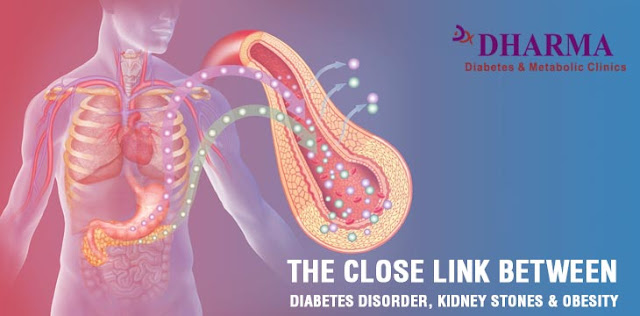Inciting Brain Can Help Insulin Resistance

Researchers say inciting a specific part of the brain can boost dopamine liveliness and help insulin resistance in those experiencing type 2 diabetes. The question is whether a specific part of the brain help people with diabetes who are struggling with insulin resistance a common symptom observed in type 2 diabetes. While type 2 diabetes has constantly been treated by modifications in lifestyle practices and medicines, a procedure using the brain may contribute extra help to raise blood sugar levels. How Insulin Resistance Occurs? Insulin resistance is the outcome of a complex combination of genetics, poor nutrition practices, inactivity, and sometimes unexplainable weight gain. It boosts the body’s insulin needs, making blood sugar levels more difficult to maintain. It has been observed that improving dopamine activity instantly improves the body’s capacity to process sugar a challenge which someone with type 2 diabetes may fight with. Studies and research have re





